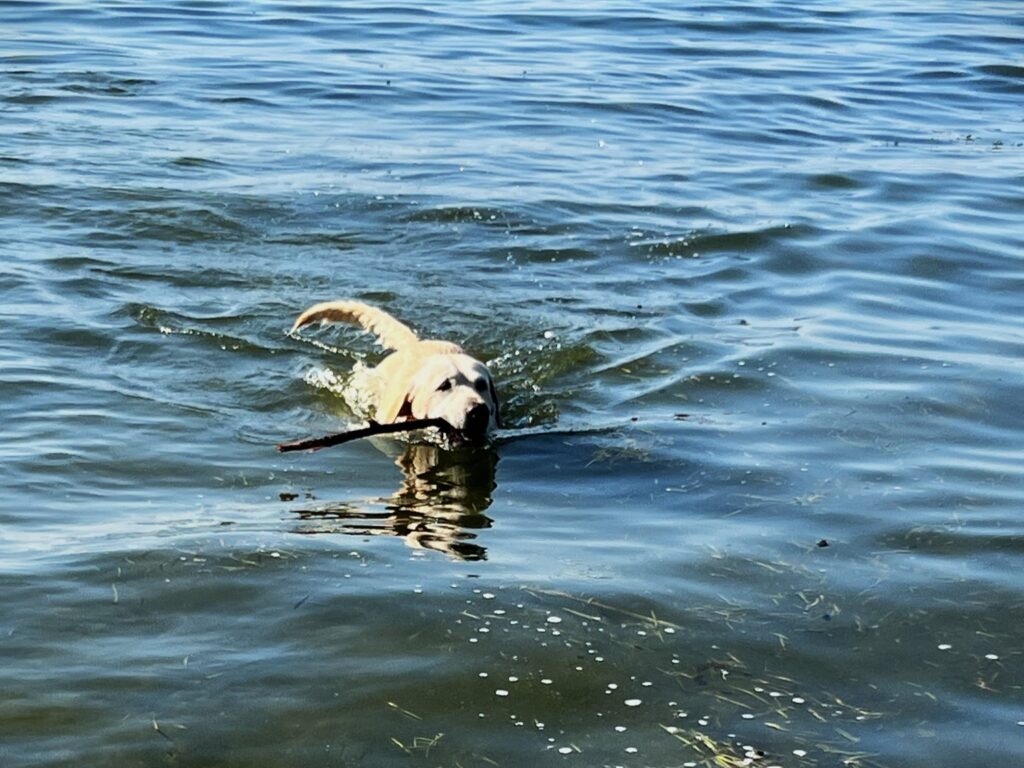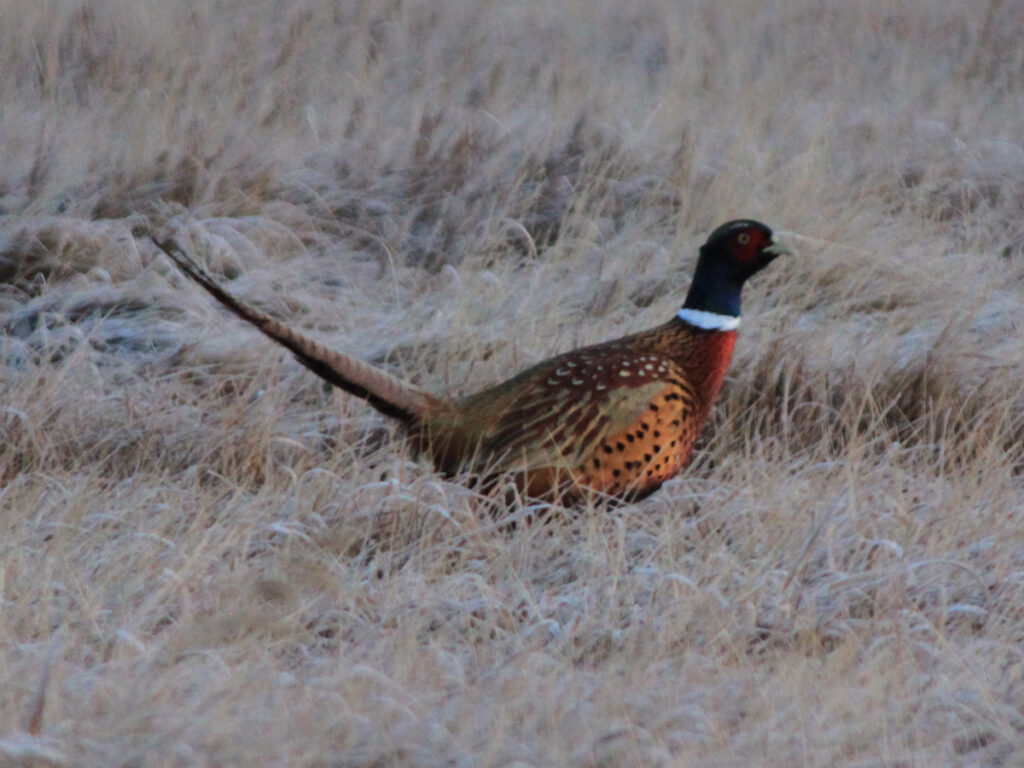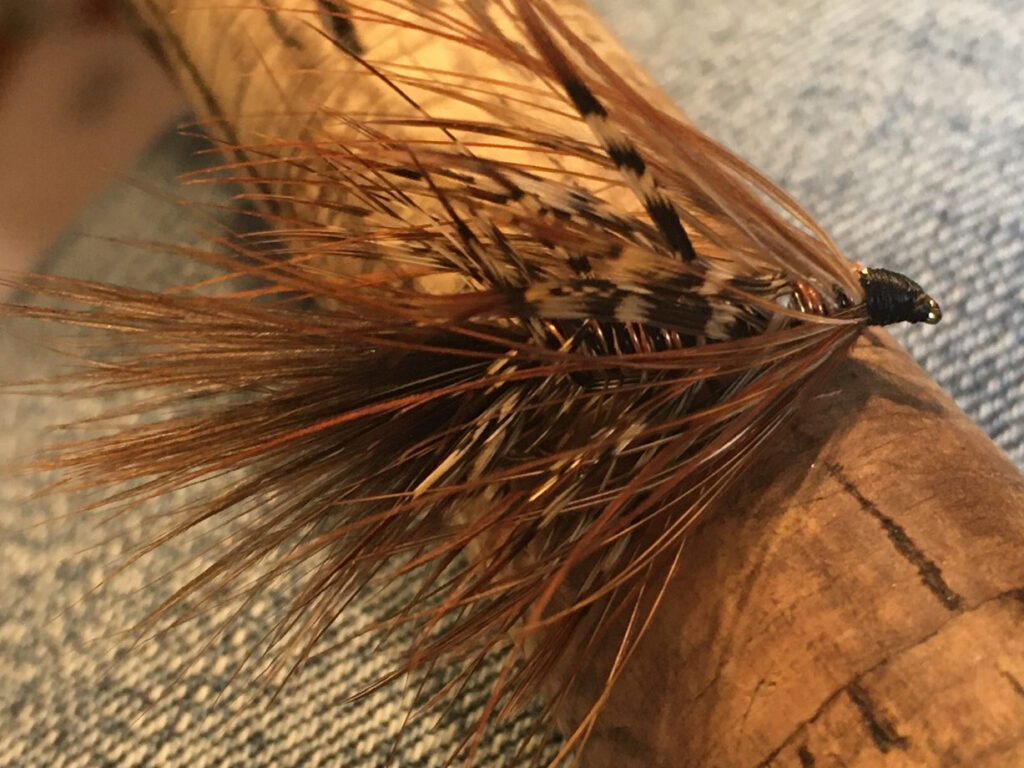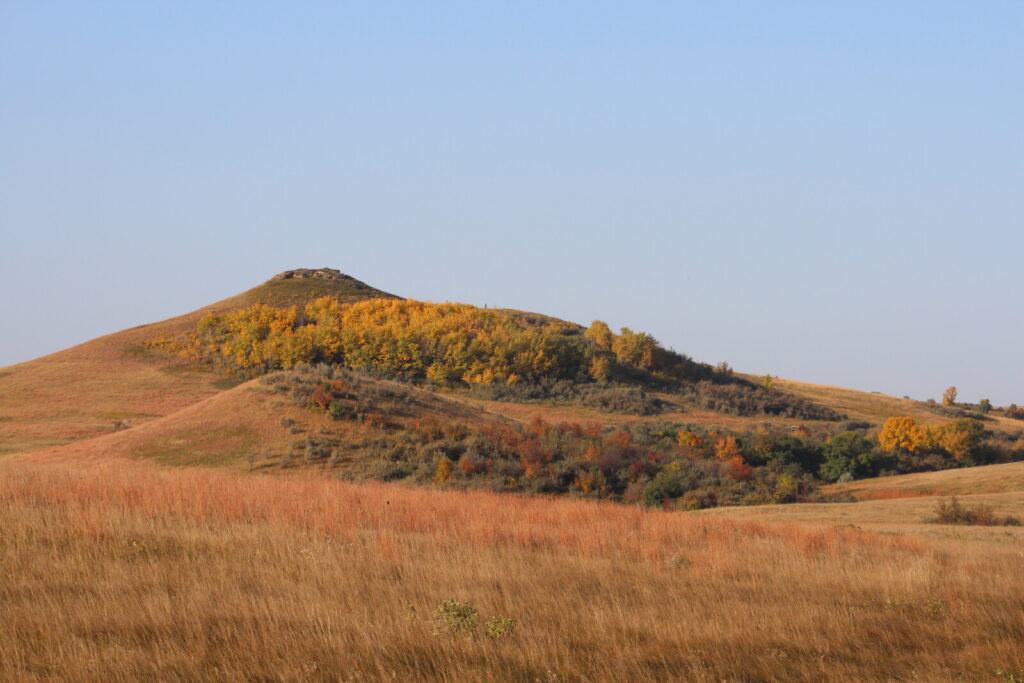Our Outdoors: Not a Wrap
By Nick Simonson
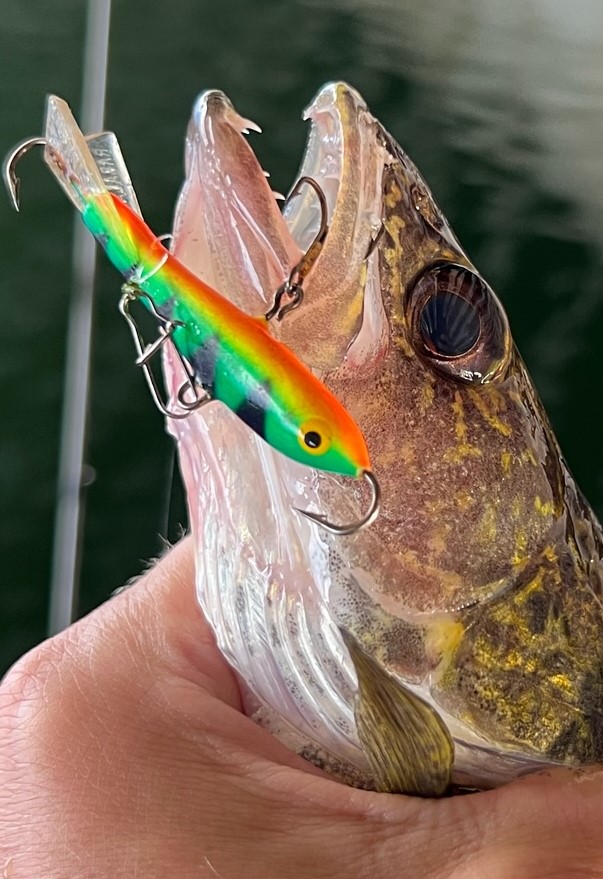
With a hit like a freight train, my rod doubled over on the lift of the firetiger Jigging Rapala and the walleye that showed up as an arc on the screen of the sonar a second before was suddenly a real-life connection at the other end. While the fifteen-inch fish wasn’t all that big, he certainly behaved like a contender with the hard take and some decent combat for a walleye his size. I smiled as I released him back into the water – still warm for the mid-September morning at just a hair under 70 degrees on the surface – and thought of how we had plied the same waters in the same space at the beginning of the openwater season, when things weren’t so warm.
The quick outing was a nice bookend to another summer of ups and downs, challenges and diversions, sunrises and sunsets, and a menagerie of memories on the water chasing after my various favorite species. At this point in the year, however, I am quick to close the chapter and think of the ones just opened and those to come in the next few days as my focus shifts to hunting. But the more I think about it, the more I realize that some of the best angling of the year, and the best I’ve had in my life, comes in the next few weeks on the calendar.
Now into October, smallmouth bass feed heavily and aggressively and on those just-right autumn afternoons it’s possible to get on a bronzeback frenzy where they take just about any bait offered. From fast moving spinnerbaits and jerkbaits to follow-ups with soft plastic creatures and tubes, it’s not unusual to find them staging for their winter stasis, filling up on whatever happens to be edible in the area.
Walleyes too will have the feedbag on, and bigger baits such as larger plastic swimbaits, Husky Jerks, or similarly large-profiled minnow imitators, especially around the full moon, will catch their super sensitive eyes. From schools of hungry eaters all the way up into those trophy-caliber fish, fall can produce some of the most exciting walleye fishing of the year, right until ice up.
With the onset of autumn, muskies too will become more aggressive as the water cools, the pressure on lakes from both anglers and recreational boats subsides, and the urge to consume all they can for the coming lean months kicks in. Anglers floating large suckers and varying their casted baits can key in on what weather-driven mood the fish are in each day and just how hungry they are as the season takes hold across the region until the first fingers of ice sneak out across the surface of those well-known muskie lakes.
Finally, stocked trout make their return in earnest from the depths of those deeper bodies of water where they’re able to survive the heat of summer. Hungry and much more comfortable in their cooling climes, rainbows, browns, and other species of trout stashed in the various lakes and deeper reservoirs of the region provide a unique autumn experience and aggressively pursue cast spinners, spoons and jigs on standard tackle and larger streamers launched at them with the fly rod. They’re often significantly bigger and stronger than they were when they came out of the truck last spring, providing an added element of attraction in fall.
Summer may be wrapping up with the start of football, the approach of the equinox and school just beginning, but the excitement of the open water season doesn’t have to end. While it’s hard not to turn one’s gaze to the shotgun safe or the bow case when considering what to do next with the changing of the season, it’s important not to forget about those fishing rods either and some of the best opportunities that come at the end of the line this time of year…in our outdoors.
